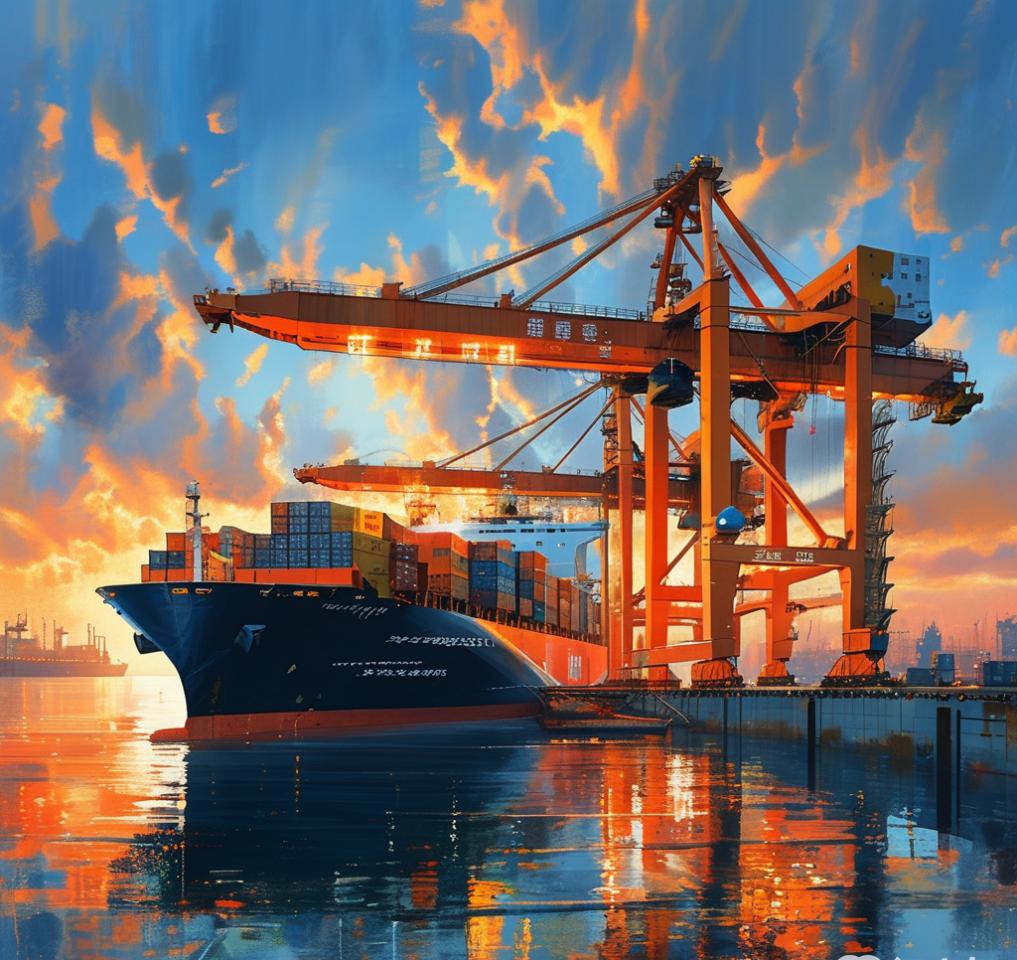As a regular importer shipping goods from China to the Philippines, real-time tracking of vessel ETAs has become essential for me—especially when dealing with charter vessels and tight delivery schedules. Delays at sea can seriously affect inventory planning and customer expectations, so here’s how I stay ahead of the game.
1. Use a Marine Tracking Platform
The first tool I rely on is a vessel tracking platform like MarineTraffic or VesselFinder. Once my shipping company provides the vessel name or IMO number, I can:
- See live position on the map
- Monitor estimated arrival times
- Track route changes due to weather or port congestion
These tools have helped me better coordinate Philippines shipping by charter vessel, where schedules are often more flexible than commercial liners.
2. Request ETA Updates from Freight Forwarder
My freight forwarder usually gives me a shipping plan with estimated dates—but these often change. I ask them to:
- Provide regular ETA updates
- Share any delays from the carrier
- Confirm port of arrival in the Philippines (Manila, Cebu, Davao, etc.)
This level of communication helps avoid surprises at the last mile.
3. Understand Trade Compliance Delays
Even if the vessel is on time, trade compliance issues between China and the Philippines can delay cargo release. I once experienced a three-day delay because of missing BOC-required documentation.
To stay compliant:
- I ensure all commercial invoices and packing lists match
- I check for restricted items before loading
- I use a broker familiar with Philippines–China trade compliance
4. Account for Port Congestion or Unloading Delays
Arrival at port doesn’t mean immediate delivery. Depending on the port’s capacity and customs processing speed, containers may sit for a few days. Knowing the real-time vessel ETA allows me to schedule trucking and warehouse teams with better accuracy.
5. Sync with Local Agents for Final Handoff
Once my vessel is close to port, I coordinate with my local shipping agent. They:
- Confirm customs release
- Handle offloading and storage
- Help arrange delivery to my warehouse or customer
This complete visibility reduces delays and improves customer trust.

People Also Ask (PAA)
1. How do I track a charter vessel shipping to the Philippines?
Use marine tracking platforms with the vessel’s name or IMO number, and confirm status with your freight provider.
2. Is charter vessel shipping reliable for Philippine imports?
Yes, especially for bulk or customized cargo—but schedules can be flexible, so tracking is critical.
3. Can trade compliance issues delay vessel unloading?
Absolutely. Missing or incorrect documents can hold your cargo even if the ship arrives on time.
4. Which tools offer real-time vessel ETA tracking?
Popular options include MarineTraffic, VesselFinder, and your shipping provider’s tracking system.
5. What ports are commonly used for shipments from China to the Philippines?
Manila, Cebu, Subic, and Davao are frequent entry points, depending on the route and cargo type.
